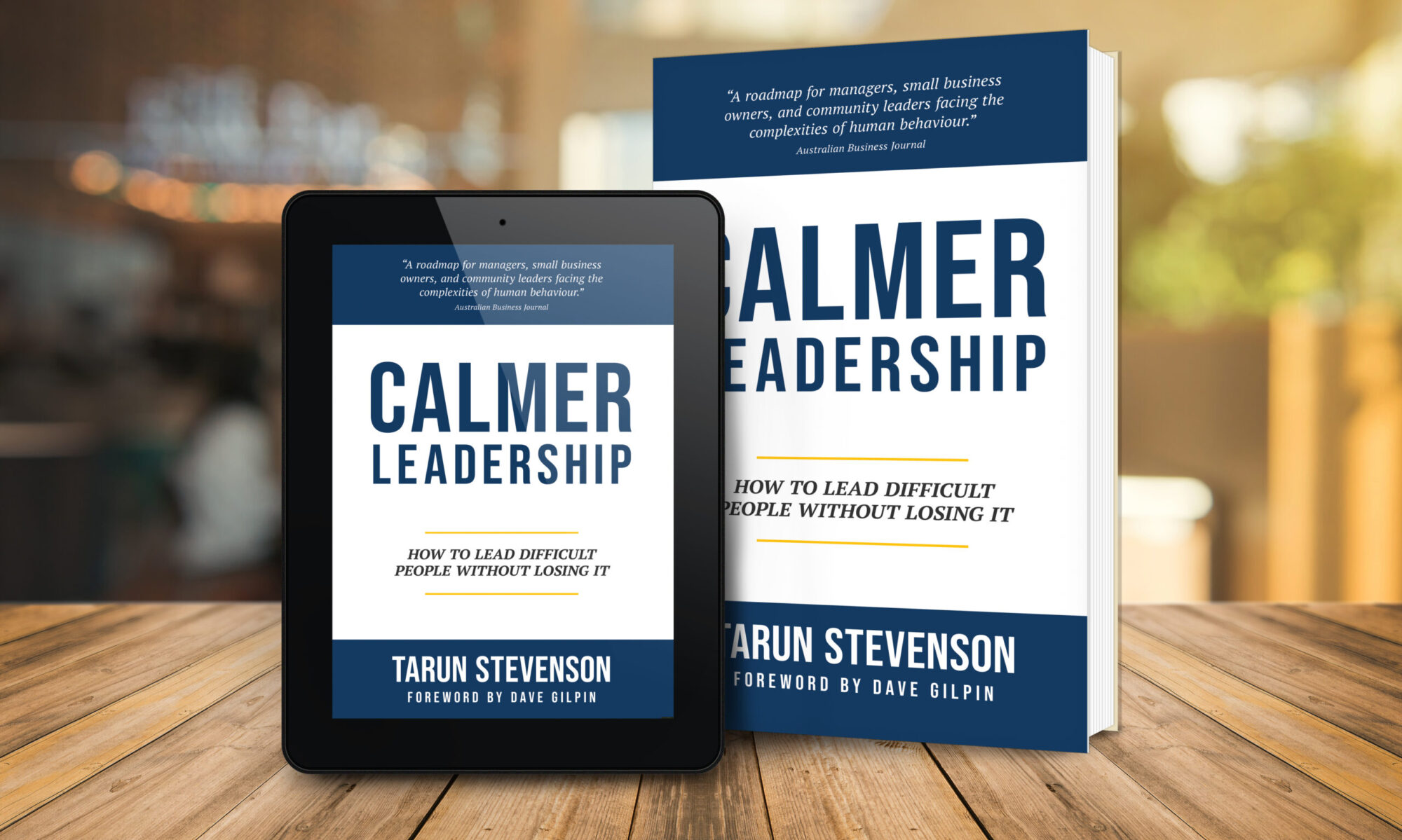Whether you want to grow in your leadership or your personal life, there are some key aspects that you must know if you are going to grow effectively.
Prefer to watch the video, Click Below
I want to give you the three keys to growth whether you want to grow in your leadership or in your personal self or in your relationships or with your family there are three keys that you must know if you are going to grow.
Why do we need to grow? It’s simply this, your dreams are not enough. Every year on January 1st, hundreds and thousands of people make plans or intentions to actually change their life. We call them new year’s resolutions. Did you know that by week three of January 80% of people abandoned their plans for change. Gym memberships skyrocket in the first week of January and by the third week of January, almost 80% of the people that signed up for the gym are not going anymore.
It’s nice to have a dream, it’s nice to have a hope that your life will change but there’s one thing that’s missing from that. Unless you are intentional about your dreams and are very specifically focused about your dreams you’re never going to grow. There are three areas to intentionality that I want to share with you that are going to become the catalyst for helping you grow more effectively.
1. Get A Plan
The first one is this, you need to get a plan. If you don’t have a plan for your growth, no amount of dreaming is going to help you. You might have your vision board with your pictures up there. You might have your affirmations that you say to yourself every day. You may dream about and think about changing whatever goal you have. If you don’t have a plan of how to get there then it’s just a dream. The reason most people fail at their new year’s resolutions is they say this year I’m going to lose weight but they never make a plan of how they’re going to do it. This year I’m going to make more money but they never make a plan of how they’re going to make more money. This year I’m going to get a raise but they never figure out how they’re going to get the raise.
If you don’t make a plan and what that means is a step-by-step blow-by-blow map that you follow to get to your destination then your dream will not turn into growth. It will just stay a dream. So the first thing you need to do is you need to make a plan. Make a plan of how you’re going to get there. This is what a plan helps you do, it helps you to figure out the “how”. How am I going to do it, it also helps you to figure out the “when”. When am I going to do it by? It also helps you to figure out what the steps are along the way. If you don’t have a plan you’re not going to know how to do it. You’re not going to be able to be intentional about your growth.
2. Get A Mentor
The second thing you need to do is to get a mentor. A mentor is somebody that keeps you accountable. Accountability is so important for making sure that you grow. Accountability is when you start to wane in your enthusiasm. When the shine of the dream starts to wear off and the hard work starts to kick in you need somebody that’s going to challenge you. Somebody who will say “hey stick to the plan, stick to your goal don’t give up”. Now change the way you’re doing this, this is stopping you, you need somebody that can call you on your stuff. Somebody to keep you on track help to direct your path if you get off the path and help you get to your goal.
You need somebody to mentor you and that’s usually somebody who has gone there before you. Find somebody who’s already done what you’re trying to do. Make sure that the people in your world, in your circle of friends and circle of influence, are people that are ahead of you. They should be taking you where you want to go, not behind you and pulling you back from where you’re trying to get. Jim Rohan says this “You become the average of the five people you spend the most time with”.
Find people to spend time with who have already done what you’re trying to do and that’s how you grow. Find people who are going to mentor you, encourage you, build you up and help you to go in that direction. If you haven’t got people in your world then find a coach. That’s what I do, I do coaching for leaders that need mentors, that need accountability partners. They don’t have anyone in their world that can do it. Go and get yourself a coach and then they will help you stick to the plan. They’ll help you devise a plan, they’ll keep you accountable and keep you going.
3. Get Some Patience
So you need to get a plan, you need to get a mentor and you need to also get some patience. Here’s the thing about growth and this is why so many people fail at their new year’s resolutions, growth takes time! Growth takes time and good strong powerful growth that has the potential to change your life, that takes a lot of time. What you’ve got to learn to do is be patient with your growth. You’ve got to have goals for the long term and take time.
You know when I was in my 20s I had dreamed of owning a house. I was up to my eyeballs in debt because nobody had taught me how to manage money effectively. I remember dreaming about owning my own house and looking at my situation and saying to myself I’m never going to own my own house. Then I decided I was going to figure out a way to get there. So I went and bought a course that gave me a plan of how I could get into real estate investment. I had to learn how to manage money. I had to learn how to invest in real estate, I had to learn to understand.
I got myself a plan and when I sat down, made my plan I figured out the first thing I had to do was pay off my debt. The amount of debt that I had would take me at least 10 years to pay off with my current income. I had made lots of dumb decisions when I was a 20. So my wife and I decided if this is our goal then we’re going to make it a priority to pay off our debt. We’re going to make it a priority to learn to make money and manage money well. For 10 years the only thing we did was pay off our debt. For 10 years the only thing we did was learn to manage money. We tried to buy a house at that time, it didn’t go so well but we kept on paying down our debt. It was 10 years before we were at a place where we could actually start saving and putting a deposit on our first home.
What we also did was we found mentors. I started spending time with people who were real estate investors. I made friends with people who owned multiple properties and I started picking their brain. I started saying ok what do I need to look for when I’m looking for a property. What do I need to do to understand the market? How do I get the best loan so I don’t get ripped off? How do I manage my money effectively for investing? I got mentors, I surrounded myself with people who were doing what I wanted to do.
The last thing I had to do is I had to learn to develop patience. 10 years is a long time to wait for your dream, a long time to get the things that you want. I can tell you this, that once I got there and I got my first property, I had learned to manage money. What happened is there was an acceleration. Once you learn to understand your plan, you have mentors that teach you and you learn patience to get the stuff done along the way what happens is you will start to accelerate. It took 10 years to get my first house, it took two years to get my second house and it took less than 18 months to get my third house.
So what you’ve got to understand is that once you learn it and you understand it, initially growth takes time. You’ve got to be patient but the more you do it the more skilful you become. The more understanding you develop, the faster things will go. Learn patience in the early days as you’re learning to develop your plan, as you’re learning the skills that you need. Learn patience, don’t give up keep persevering. What will happen is your dreams will then become reality. That’s what you really want, you want your dreams to turn into reality.
You don’t want to spend your life just dreaming. To do that you need to be intentional about your growth, you need to be intentional about how you’re going to get there. The way that you’re intentional is to get a plan, get a mentor and learn patience. You just do what you have to do. You do it over and over again until you get to where you are going. Then when you get to where you’re going guess what you rinse and you repeat. You start again, you get a new dream, a new goal, a new plan and get a new mentor. Sometimes your next mentor is different. Then you get some patience because the next thing that you’re going for is going to take time again. Then you rinse and repeat and get a plan, get a new mentor and you get some patience and you keep on going.
Thanks so much for tuning in. I hope you got a ton of value out of that episode don’t forget to let us know what you thought in the comments and if you have a topic you’d like us to cover next time we’d love to hear from you.
If you would like to learn more about effectively growing in your leadership, why not check out our FREE Goal setting guide. See below for details.
https://leadcommunicategrow.com/free-goal-setting-guide/
5 Steps to Set Goals that Work


